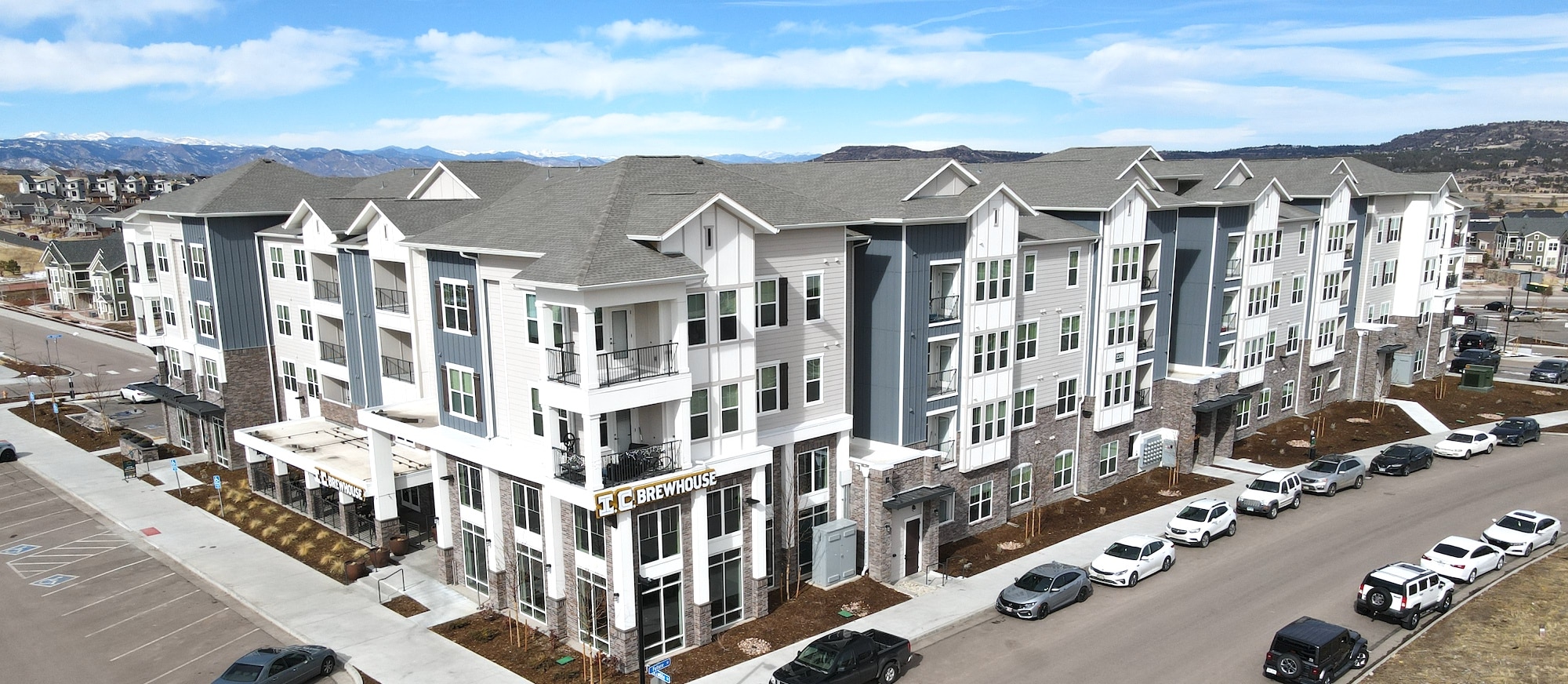roof repair cost
Roof damage can be caused by a wide variety of factors, including exposure to weather, age, and even poor maintenance. But it doesn’t change the fact that it all includes roof repair.
However, many homeowners hesitate to repair their roofs because they are nervous about the cost of roof repair. But we say that knowledge is power! Doing a little research will help you feel comfortable, confident, and prepared for the repair process.
In this comprehensive guide, we will delve into the cost of repairing your roof. We’ll discuss:
The different types of damage you might encounter
Table of Contents
How much it could cost to repair
The difference between repairs and replacements
How to find a quality contractor for the job
Ready to schedule a complimentary roof inspection?
How much does roof repair cost? Keep reading to learn about the average cost and much more!
4 Types of Roof Damage
Estimating roof repair costs can be tricky if you don’t know what kind of damage you are looking at. Here are 4 of the most common types of roof repair that homeowners face.
1) Shingle Damage
Shingles are one of the most common roofing materials, and they can suffer various types of damage, including:
Curling or Cupping: When shingles start to curl or cup at the edges, it’s a sign of age and weathering. Replacing damaged shingles can prevent leaks.
Missing Shingles: High winds and severe storms can rip shingles off your roof. Replacing missing shingles promptly is crucial to prevent water infiltration.
Cracks or Breaks: Cracks or breaks in shingles can allow water to seep through. Replacing damaged shingles can address this issue.
2) Water Damage
Water is the primary enemy of your roof. If water finds its way through the roofing material, it can cause extensive damage, including:
Leaks: Leaks can result from damaged or missing shingles, cracked flashing, or deteriorated underlayment. Repairing the affected areas can prevent further water intrusion.
Rot: Prolonged exposure to moisture can lead to wood rot, compromising the structural integrity of your roof. Replacing the affected areas is necessary to ensure safety.
3) Storm Damage
Severe storms can wreak havoc on your roof, causing:
Hail Damage: Hailstorms can cause dents, cracks, or punctures in your roof’s surface. Depending on the severity, repairs or replacements may be required.
Wind Damage: High winds can lift shingles, tear flashing, and damage the underlying structure. Quick repairs can prevent further damage.
4) Tree Damage
Trees can be a beautiful addition to your property, but they can also pose a threat to your roof:
Branches and Debris: Falling branches or debris during a storm can damage shingles or puncture the roof. Repairs are necessary to maintain the roof’s integrity.
Estimating Repair Costs
The cost of repairing your roof can vary widely depending on the type and extent of damage, the materials used, and your location. On average, you can expect to pay between $150 and $400 per repair, though this cost can increase for more extensive damage or if multiple repairs are needed.
Here are some factors to consider when estimating repair costs:
Materials – The type of roofing material you have will impact repair costs. Asphalt shingles are typically more affordable to repair than metal or slate roofs. Specialized materials may also be more expensive to replace.
Damage Extent – The extent of the damage plays a significant role in the cost. A minor leak may only require replacing a few shingles and sealing the affected area, costing less than repairing widespread structural damage.
Labor Costs – Labor costs can vary based on your location and the contractor you hire. Highly skilled and experienced contractors may charge more for their services, but they often provide better quality work.
Roof Age – Older roofs may require more extensive repairs due to wear and tear. If your roof is near the end of its lifespan, it might be more cost-effective to consider a replacement rather than frequent repairs.
Permit Costs – In some cases, repairs may require permits, which can add to the overall expense. It’s essential to check with your local authorities and factor in permit costs if necessary.
Repairs vs. Replacement: Understanding the Difference
Knowing when to repair your roof and when to opt for a replacement is crucial to making cost-effective decisions.
Roof Repairs
Roof repairs are suitable for:
Localized Damage: When the damage is limited to a specific area or a few shingles, repairs are usually sufficient.
Affordability: Repairs are generally more cost-effective than a full replacement, especially if your roof is relatively new.
Roof Replacement
Roof replacements are necessary when:
Extensive Damage: If a significant portion of your roof is damaged or reaching the end of its lifespan, it’s often more practical to replace it entirely.
Age: If your roof is nearing 20-25 years old (the typical lifespan of an asphalt shingle roof), it’s wise to consider a replacement for long-term cost savings.
Energy Efficiency: Upgrading to a more energy-efficient roofing material during a replacement can save you money on heating and cooling costs in the long run.
Finding a Quality Contractor
Choosing the right contractor is essential to ensuring your roof repair is done correctly and within budget. Here are some steps to help you find a quality contractor:
1) Research and References
Start by asking friends, family, and neighbors for recommendations. Personal referrals can be a valuable resource. You can also check online reviews and ratings on platforms like Google, Yelp, and Angie’s List to get an idea of a contractor’s reputation.
2) Licensing and Insurance
Verify that the contractor is licensed and insured to work in your area. This ensures they meet local regulations and can cover any potential liabilities.
3) Experience
Choose a contractor with a proven track record of successful roofing projects. Experienced contractors are more likely to deliver quality work.
4) Estimates
Get multiple estimates from different contractors to compare prices and services. Be cautious of significantly lower bids, as they may indicate subpar materials or workmanship.
5) Written Contract
Always have a detailed written contract that outlines the scope of work, materials used, project timeline, and payment schedule. This protects both you and the contractor.
6) Warranty
Inquire about the warranty offered for both materials and workmanship. A reputable contractor should provide warranties to guarantee their work’s quality.
Get Help With Your Damaged Roofing
Repairing your roof can be a necessary expense to maintain the integrity and safety of your home. Understanding the types of damage that can occur, estimating repair costs, knowing when to repair or replace, and finding a quality contractor are all essential steps in the process. At Tectum Roofing, we are here to support you throughout the roof repair process and help you get the support you need. Contact us today for an estimate on your roof repair!
Roof repair cost is a crucial factor to consider when maintaining your home. By addressing roof repair cost proactively, you can avoid larger expenses in the future. Remember to always factor in roof repair cost when planning your home maintenance budget. Understanding roof repair cost ensures you’re well-prepared for any eventualities regarding your home’s structure and safety.






